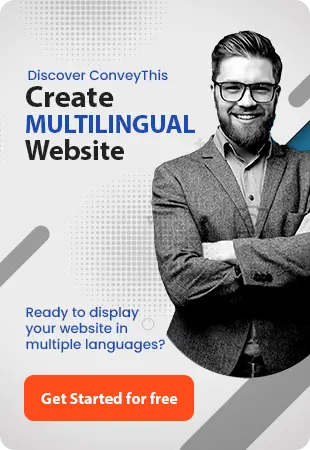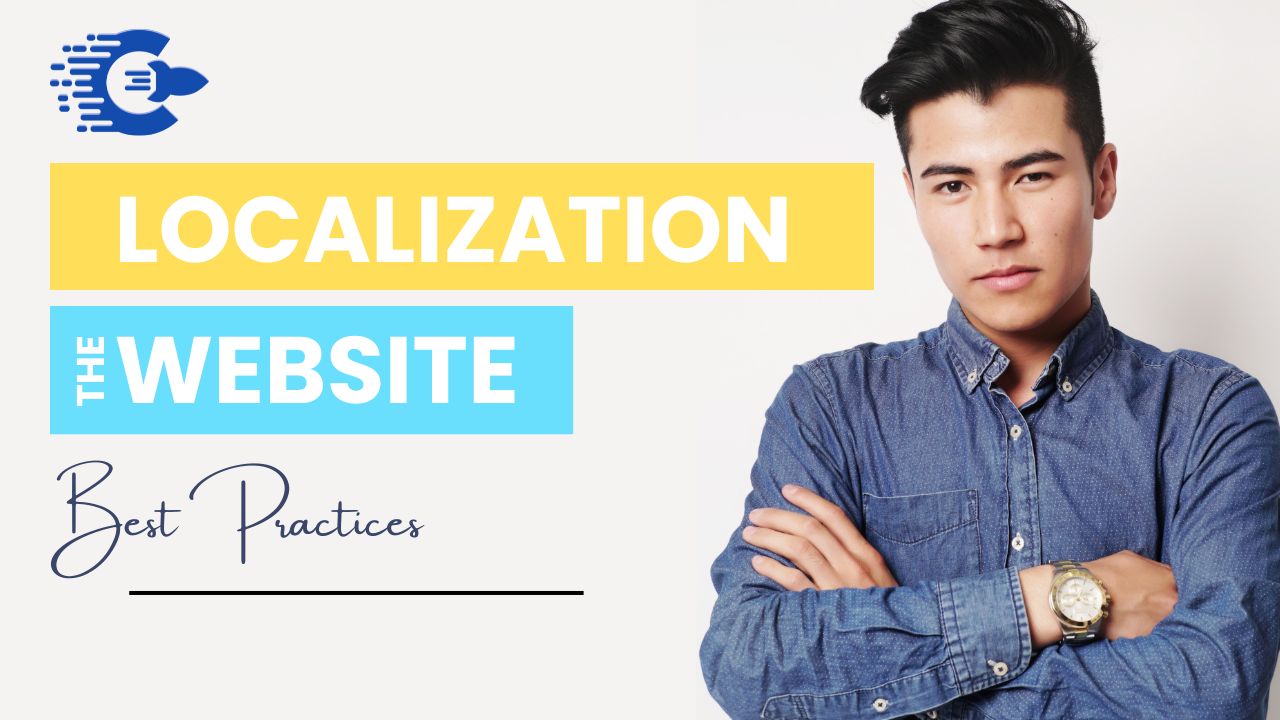Cómo crear un sitio web bilingüe: una guía completa
El valor de crear un sitio bilingüe
Agregar un segundo idioma a su sitio web permite expandir el alcance a nuevas audiencias nacionales e internacionales. Habilitar el contenido bilingüe presenta una gran oportunidad para involucrar a los usuarios que hablan varios idiomas y aprovechar los mercados extranjeros. La traducción de las páginas del sitio tiene el potencial de aumentar significativamente el tamaño de la audiencia y las oportunidades comerciales.
Ampliar el alcance de su sitio web agregando un segundo idioma puede traer varios beneficios y oportunidades. Al habilitar el contenido bilingüe, abre puertas para interactuar con usuarios que dominan varios idiomas, tanto a nivel nacional como internacional. Esto no solo le permite atender a un público más amplio, sino que también aprovecha nuevos mercados y posibles oportunidades comerciales. Para ayudarlo a aprovechar al máximo este esfuerzo, exploremos los beneficios, las soluciones y las mejores prácticas para implementar un sitio web bilingüe o multilingüe de alto impacto.


Beneficios clave de un sitio traducido
Hay dos ventajas principales de tener un sitio traducido:
Alcance ampliado: un sitio bilingüe es esencial para las empresas que operan a nivel mundial. La web no es únicamente en inglés. La presentación de contenido en diferentes idiomas facilita una mejor conexión con usuarios que no hablan inglés en el extranjero y en el país.
Marca mejorada: brindar una experiencia localizada transmite una imagen de marca moderna y progresiva. Señala una intención de involucrar a los usuarios hablando su idioma nativo. Esto genera confianza y buena voluntad con las audiencias internacionales.
Elementos imprescindibles de una solución de traducción
Una solución de sitio web multilingüe efectiva debe incluir:
- Traducciones precisas y completas en todo el contenido del sitio
- Configuración rápida sin necesidad de grandes habilidades técnicas
- Elección entre traducción automática o traducción humana profesional
- SEO multilingüe integrado para optimizar el contenido traducido para la visibilidad de búsqueda local
- Herramientas para ayudar a los usuarios a encontrar el sitio a través de palabras clave localizadas y motores de búsqueda
- Integración perfecta en plataformas como WordPress, Shopify , Wix, etc.
- Opciones intuitivas de cambio de idioma para una experiencia de usuario fluida
- Capacidades continuas de gestión y mantenimiento de la traducción
La solución ideal permite crear una experiencia de sitio traducida localmente atractiva.


Mejores prácticas para el éxito de la implementación
Estas estrategias ayudan a garantizar un sitio web multilingüe impactante:
- Aproveche los análisis para identificar los idiomas prioritarios en función del tráfico existente
- Localice imágenes, contenido y ejemplos adaptados a cada cultura de destino
- Mantener traducciones actualizadas en todos los idiomas y páginas
- Habilite el cambio de idioma sin esfuerzo para una navegación intuitiva
- Siga las mejores prácticas técnicas de SEO para sitios traducidos
- Adapte el diseño para las diferencias de expansión de texto entre idiomas
- Establezca expectativas observando las páginas no traducidas
Proporcionar un sitio multilingüe localizado culturalmente relevante muestra respeto y dedicación a los visitantes internacionales. A su vez, esto fomenta la lealtad y la satisfacción con los clientes de idiomas extranjeros.
El valor de una solución de traducción profesional
La creación de un sitio web multilingüe excepcional requiere una planificación y ejecución cuidadosas. Desde la configuración inicial hasta las operaciones en curso, muchos factores clave influyen en el éxito.
La solución de traducción adecuada le permite manejar las complejidades sin problemas mientras brinda resultados de calidad. Busque una oferta de proveedor:
- Soporte integral de idiomas, incluidos los mercados emergentes
- Opciones de traducción flexibles que combinan automatización y traducción humana
- Integración sencilla con plataformas líderes como WordPress y Shopify
- Herramientas de optimización SEO multilingües integradas
- Edición y traducción visual fácil de usar
- Gestión y mantenimiento continuo de la traducción
- Servicio al cliente y soporte técnico de primer nivel
Este nivel de capacidades permite crear un sitio traducido profesionalmente diseñado para convertir el tráfico internacional.

Estrategias para el éxito de la implementación
Siga estas mejores prácticas al lanzar y operar un sitio web multilingüe:
Priorice los idiomas estratégicamente : utilice datos como Google Analytics para identificar los principales idiomas de tráfico en los que centrarse primero. Comience con los idiomas principales antes de expandirse.
Localice el contenido y los activos del sitio : adapte las imágenes, los videos, los ejemplos y el texto para que sean culturalmente relevantes para cada lugar de destino.
Habilite la navegación fluida : implemente el cambio de idioma intuitivo y detecte automáticamente la ubicación para brindar una experiencia de usuario fluida.
Siga las mejores prácticas de SEO multilingüe : use etiquetas hreflang, palabras clave locales y optimice los factores técnicos para mejorar la visibilidad.
Mantenga las traducciones actualizadas : mantenga todos los idiomas sincronizados al agregar nuevo contenido en inglés para evitar inconsistencias.
Adapte el diseño para la expansión : revise las plantillas y los diseños para tener en cuenta las diferencias de expansión del texto entre los idiomas.
Establezca las expectativas del usuario : indique las páginas sin traducir para evitar confusiones y brindar contexto a los visitantes.
Brindar una experiencia local auténtica muestra respeto por las audiencias internacionales. A su vez, esto fomenta el compromiso, la satisfacción y la lealtad con los visitantes del sitio en idiomas extranjeros.
La conclusión: invertir para desbloquear oportunidades globales
Implementar un sitio web traducido profesionalmente ofrece beneficios transformadores:
- Expande el alcance de la marca al acceder a mercados de habla no inglesa sin explotar
- Crea una experiencia inmersiva localizada adaptada a audiencias globales
- Desbloquea importantes ganancias en tráfico internacional, clientes potenciales e ingresos
- Fortalece una imagen de marca progresiva y enfocada globalmente
Con el socio de soluciones adecuado, lanzar un sitio web multilingüe es una forma factible de impulsar el crecimiento a través de una mejor participación de audiencias más amplias en todo el mundo.

La traducción, mucho más que saber idiomas, es un proceso complejo.
Si sigue nuestros consejos y utiliza ConveyThis , sus páginas traducidas resonarán con su audiencia y parecerán nativas del idioma de destino.
Aunque requiere esfuerzo, el resultado es gratificante. Si traduces un sitio web, ConveyThis puede ahorrarte horas con la traducción automática.
¡Prueba ConveyThis gratis durante 3 días!
 Sin datos de tarjeta
Sin datos de tarjeta



